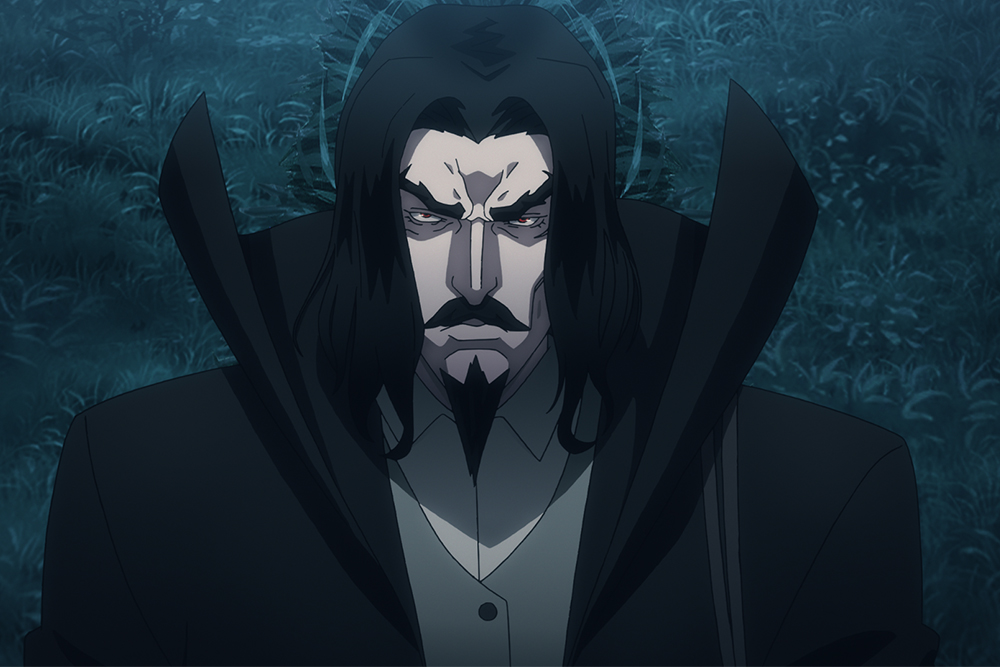The Castlevania animated series has officially premiered on Netflix. Although only four episodes long, this R-rated tale of man versus vampire has garnered enough approval from the fans that Netflix immediately ordered a season two.
Inspired by Konami’s classic video game series, Castlevania is a dark medieval fantasy following the last surviving member of the disgraced Belmont clan who must save Eastern Europe from extinction at the hand of Dracula.
In May, Netflix teased the new series with a trailer—the beginning of which was created on an original Nintendo cartridge.
The show’s producer, Adi Shanker, will also bring an Assassin’s Creed animated series to Netflix soon. As a gamer, Shanker feels that video game adaptations tend to be poorly received because those who make them don’t understand the “language” of games.
“Video games are a new and fairly complex language,” Shanker told Mic. “You have to organically have learned the language and if you’re a gamer, then the language comes second nature to you. Older people who have in the past adapted games play the games as research, but you can’t learn the appeal.”
Other game publishers like Microsoft and EA have released films in the Japanese anime style such as Halo: Legends, Dead Space and Dante’s Inferno to promote their IPs. 3D animation is another popular style employed by publishers like Square Enix (Final Fantasy) and Capcom (Resident Evil). In fact, Capcom released Biohazard: Vendetta this summer—the third in a series that, unlike the live-action films, takes place within the Resident Evil/Biohazard video game universe. Additionally, Square Enix released the computer animated movie Kingsglaive: Final Fantasy XV to coincide with the launch of the Final Fantasy XV game last year, with both taking place in the same setting and story. Some editions of Final Fantasy XV had the film bundled with it.
Perhaps it is because so many classic games originated in Japan that anime and video games often cross over well. Final Fantasy, Persona, Pokémon, Yo Kai Watch and Naruto are all examples of a Japanese aesthetic that carries over from one genre to another with relative ease.
Rapidly growing distribution platforms such as Crunchyroll, Daisuki, Amazon’s Anime Strike and Netflix resulted in a phenomenal rise of anime distribution in markets beyond Japan—especially the United States—throughout 2016.
The Japanese animation industry is experiencing its fourth “Anime Boom,” according to The Association of Japanese Animations. This boom can be attributed to increases in market channels including internet distribution over the past decade.
The global anime market reached ¥1.8 trillion ($15.9 billion) in 2016, a 12 percent increase over the previous year. Meanwhile, the video game market reached $99.6 billion last year, so the Japanese animation industry is probably more than happy to share an engaged and passionate fan base.

